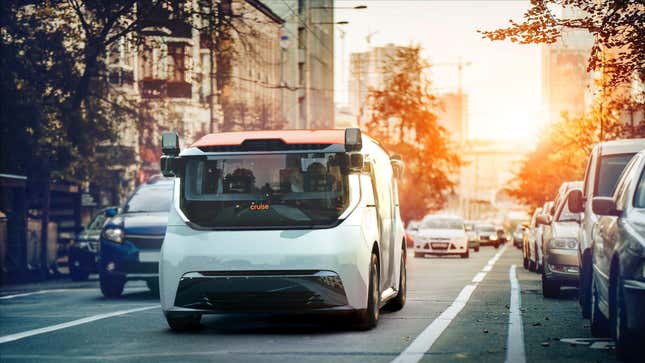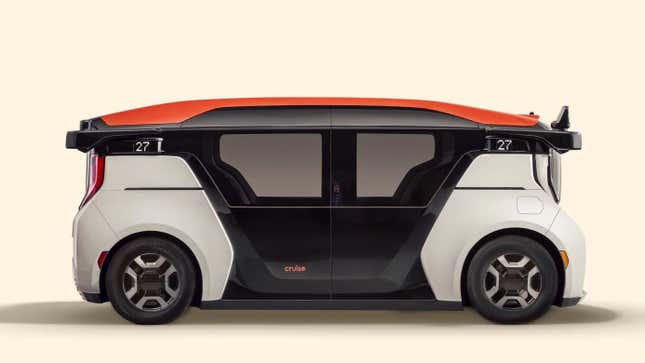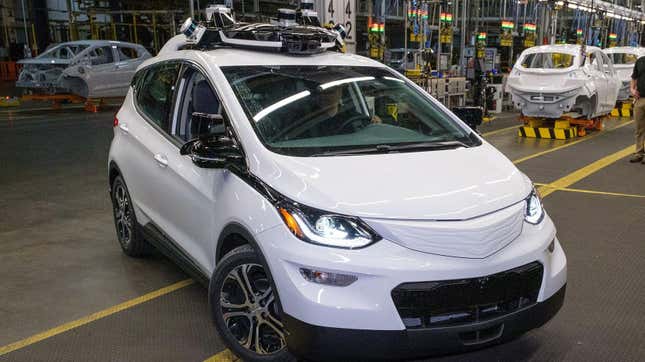
General Motors’ self-driving car division Cruise is developing microprocessors in an effort to steer away from third-party chip companies. High prices and low inventory at Cruise partner Nvidia have convinced the GM subsidiary that relying on others for vital components like chips is neither practical nor cheap.
Never mind the chip shortage; Cruise was unhappy with Nvidia’s prices. The company’s head of hardware, Carl Jenkins, explained to Reuters that Cruise wasn’t buying enough chips to get a discount, since it’s a small division of GM:
“Two years ago, we were paying a lot of money for a GPU from a famous vendor,” Carl Jenkins, head of Cruise hardware, told Reuters in an apparent reference to Nvidia, a leading maker of graphics processing units, or GPUs.
“There is no negotiation because we’re tiny volume. We couldn’t negotiate at all. So that’s why I said, okay, then we have to take control of our own destiny,” he said during a tour of the Cruise R&D workshop in San Francisco.
Instead of ordering more chips from Nvidia, Cruise started developing its own chips for use in the upcoming Origin model, a boxy self-driving EV with no pedals or steering wheel that’s allegedly going to be ready by 2023.
Chip development at Cruise began two years ago using ARM processors, which were easily available at the time. Similar chips are used in portable electronics like smartphones and tablets because they conserve power, and Cruise says their current ARM designs will lower power consumption in the Origin, giving it slightly better range.

Cruise has developed four in-house chips, according to Reuters: a computing chip called Horta, a sensor data processor called Dune, an unnamed radar chip and a final unspecified chip that will be revealed later. But Cruise will still have to work with an unidentified chip maker in Asia to produce its custom chips. So, it won’t be totally free of third-party companies.
The custom ARM chips will be in production by 2025, but Cruise is already looking at a different architecture known as RISC-V, which is open-source (cheaper) and could work better in its autonomous vehicles.
Cruise says developing a cheaper in-house chip and gaining control over its supply chain would lower the price of AVs and make them available to more people by the middle of the decade, which is one of GM’s goals.
The chip shortage is gradually becoming less of a problem, but carmakers don’t want to find themselves at the end of the line if another shortage comes around. Especially not carmakers that are working on self-driving cars which rely on microprocessors even more than non-self-driving cars.
